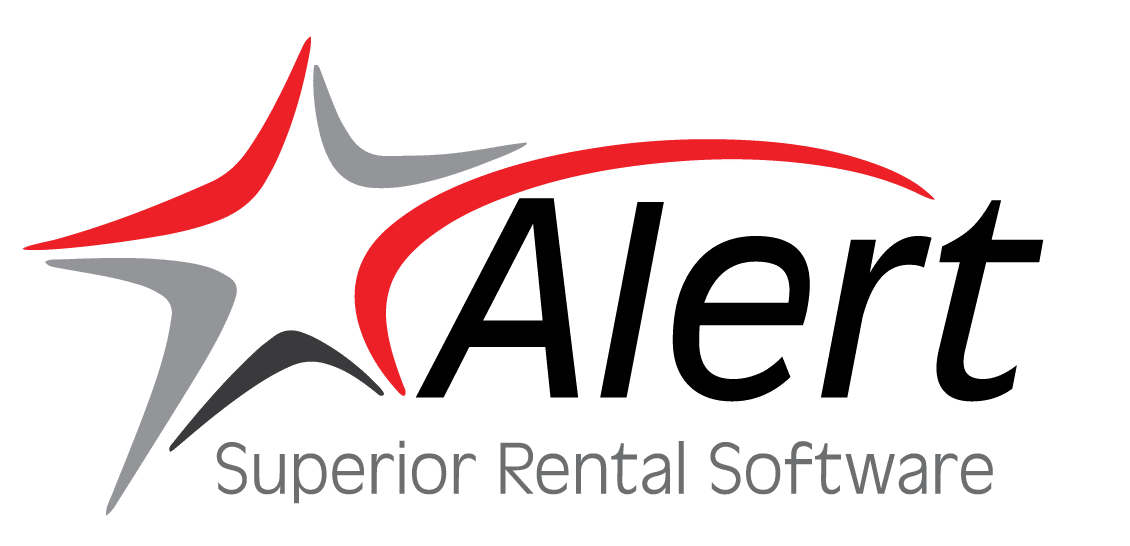Best Practices for Implementing New Rental Software: A Quick Guide
1. Define Clear Goal ✅
Before starting, set clear objectives for your software, such as improving inventory management, optimizing fleet utilization, or automating billing. Knowing what you want to achieve will help you choose the right software and measure success. Take a look at some of the features Alert offers.
2. Involve Key Stakeholders 🤝
3. Choose the Right Software🌠
Evaluate software options based on features, scalability, ease of use, and customer support. Opt for a solution that fits your business needs and integrates well with your existing systems. Not sure what you need? Schedule a personalized consultation with one of our software experts!
4. Create a Detailed Implementation Plan📝
5. Data Migration and Integration 💾
6. Train Your Team 👨💻
Provide role-specific training to ensure everyone knows how to use the software effectively. Offer ongoing support and resources to help staff get comfortable with the new system.
7. Optimize and Evolve 📈
5. Streamlined Logistics and Delivery Scheduling
By integrating with transportation partners or logistics management tools, rental software ensures that deliveries and pickups are completed on time and with minimal disruptions. This helps keep your customers happy and ensures that your equipment is available for the next rental as soon as it’s returned.

Conclusion

Share this post with Friends
| Feature | Your Own Server | Alert on the Cloud |
|---|---|---|
| Cost | $5000+ plus ongoing IT costs | Starting at $249/month for first 5 users |
| Backups | Additional fees | Secure backup and restoration service included |
| Safety | Subject to fire, theft, vandalism | Located in secure, professionally managed cloud hosting facility with data redundancy |
| Accessibility | Need physical access or costly VPN | Access from anywhere with provided software VPNs |
| Upgrades | Upgraded after Alert on the Cloud clients | First in line for Alert upgrades |
| Scalability | More infrastructure investment | Highly scalable; resources can be increased or decreased on demand |
| Maintenance | Requires in-house IT staff for upgrades | Maintenance provided |
| Data Control | Full control, but more risk assumed | Hosting company handles security and compliance issues |
| Performance | Limited by the capacity of local infrastructure | Performance can depend on internet speed |
| Your Own Server | Alert on the Cloud | |
|---|---|---|
| Cost | $5000+ plus ongoing IT costs | Starting at $249/month for first 5 users |
| Backups | Additional fees | Secure backup and restoration service included |
| Features | Alert offers a fully featured product at every level. Nothing "Lite" | |
| Credit Card Processing | Use our preferred vendors to save money—or use your own preferred vendor! | |
| Windows | Yes | |
| Linux | Yes | |
| SaaS | Yes | |
| Support Accessibility | US-based support available—by people you know | |
| User Conference | Alert's Users Conference was the first in the industry and meets annually for the past 40 years. Alert users drive our software development. | |
| Flexibility | We help improve your processes and work with you to create custom solutions for your rental software | |
| Performance | Limited by the capacity of local infrastructure | Performance can depend on internet speed |

